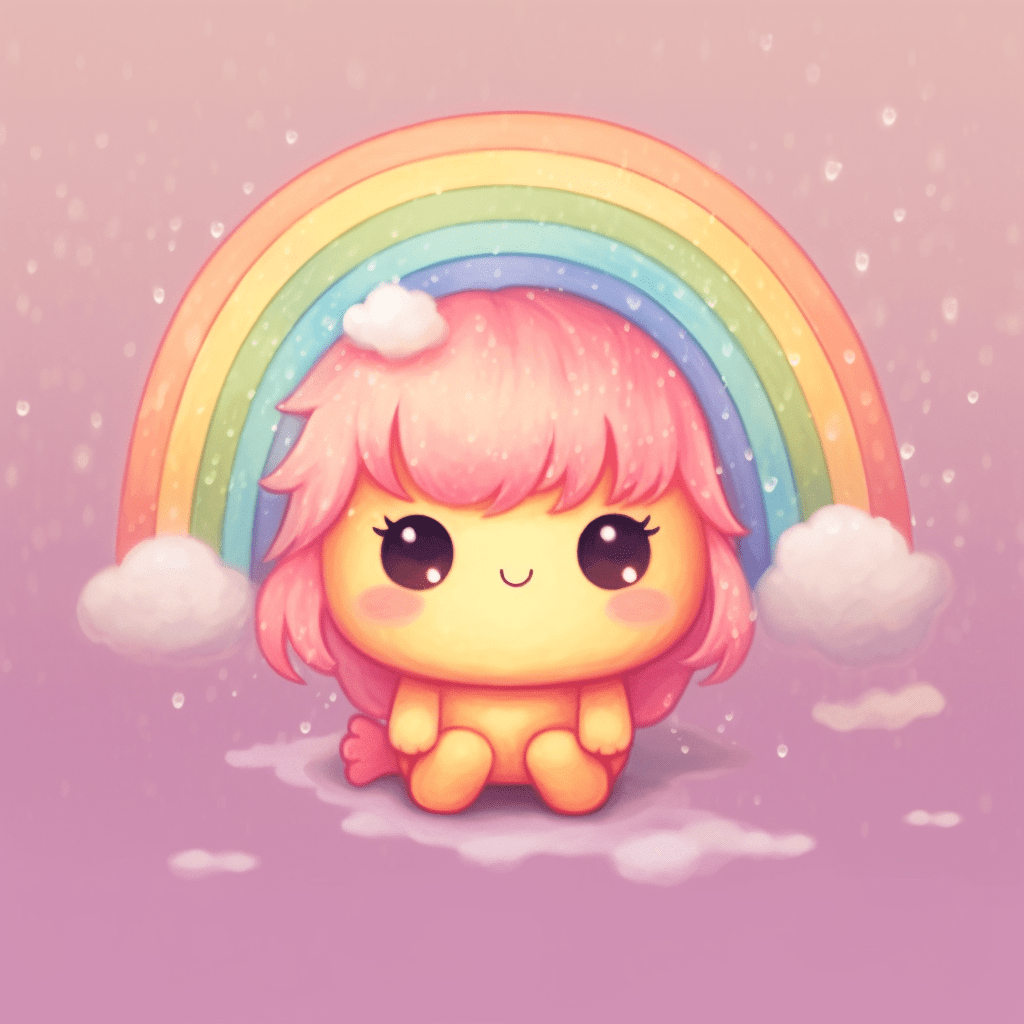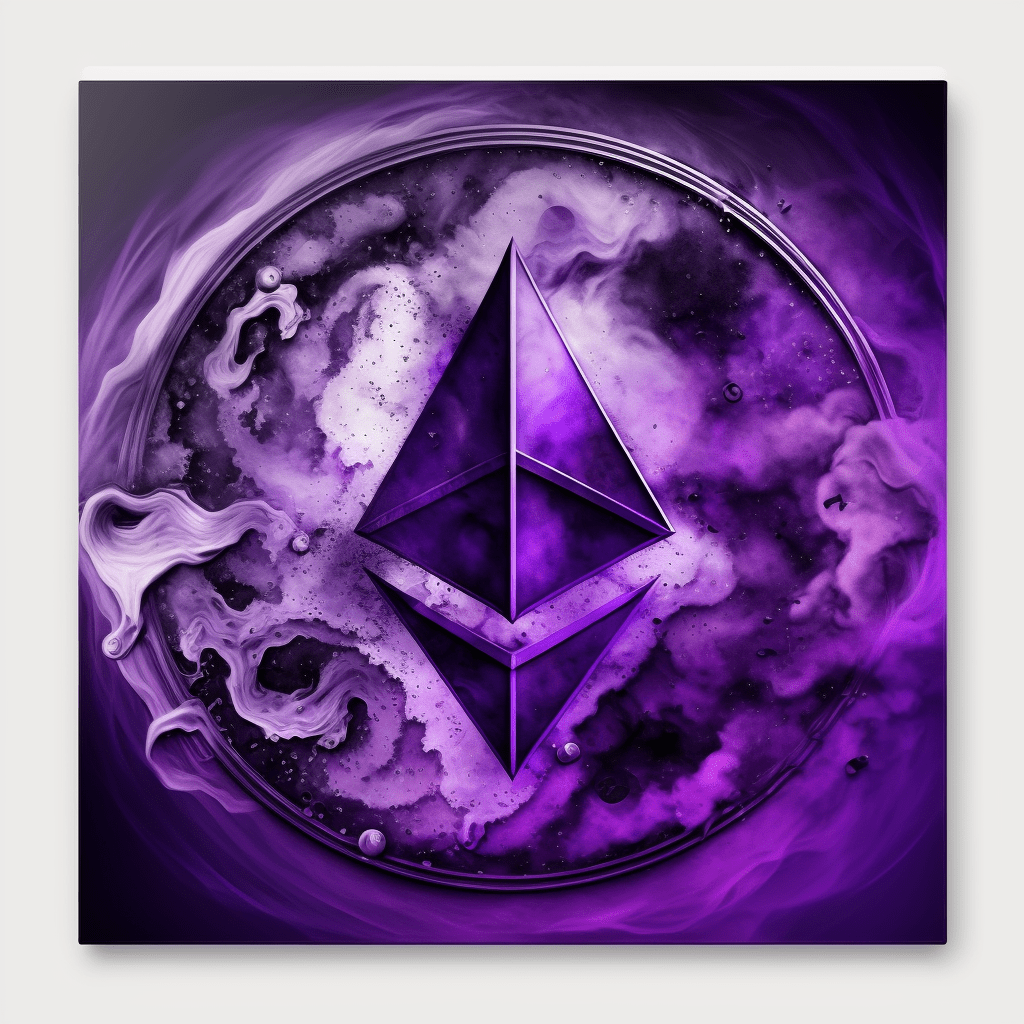
Creating and selling Non-Fungible Tokens (NFTs) has become a popular way for artists, musicians, and other creators to monetize their digital work. While the NFT market offers significant potential, it’s essential to understand the various costs and pricing models associated with NFT creation. In this article, we’ll explore the hidden costs of NFT creation and explain the different pricing models that creators can choose from to maximize their return on investment. By understanding these costs and pricing strategies, you’ll be better equipped to navigate the NFT market and achieve success in this rapidly evolving space.
Blockchain and Minting Costs
One of the most critical components of NFT creation is the blockchain platform on which the NFT is minted. Different platforms have varying fees and costs associated with creating and trading NFTs, and it’s essential to understand these differences when choosing a platform for your project.
Gas Fees and Minting Fees: Regardless of the platform you choose, you will encounter gas fees and minting fees when creating an NFT. Gas fees are the costs associated with executing transactions on a blockchain network, while minting fees cover the creation of the NFT itself. Both of these fees can be highly variable, depending on factors such as network congestion and demand for processing power.
Platform-Specific Fees: Different blockchain platforms may have additional fees associated with their services, such as listing fees, commissions, or royalties charged by NFT marketplaces. It’s important to research the specific fees for each platform you’re considering, as these costs can significantly impact your overall expenses and profitability.
NFT Pricing Models
Once you’ve created your NFT, the next step is to decide how to price and sell it. There are several pricing models available for NFT creators, each with its own advantages and disadvantages. In this section, we’ll explore some of the most common pricing models and explain how they work.
Fixed Price: A fixed-price model involves setting a specific price for your NFT, which buyers can purchase directly. This approach is straightforward and allows you to maintain control over the value of your work. However, it can be challenging to determine the optimal price, as setting it too high may deter potential buyers, while setting it too low may limit your earnings.
Auction: An auction model involves listing your NFT for sale and allowing buyers to bid on it. Auctions can be either time-limited or open-ended, with the highest bidder at the end of the auction period winning the NFT. This model can be an effective way to generate interest and potentially sell your NFT for a higher price than a fixed-price listing. However, auctions can be unpredictable, and there’s no guarantee that the highest bid will meet your desired price.
Dutch Auction: A Dutch auction is a variation of the standard auction model, where the price of the NFT starts high and decreases over time until a buyer is willing to purchase it. This model can create a sense of urgency among potential buyers and encourage them to act quickly. However, like traditional auctions, Dutch auctions can be unpredictable, and the final sale price may not meet your expectations.
Bundle Sales: Bundle sales involve selling multiple NFTs together as a package, often at a discounted price compared to purchasing each NFT individually. This model can be an effective way to increase the perceived value of your NFTs and encourage buyers to purchase multiple items. However, bundle sales can also dilute the value of your individual NFTs, making it more challenging to sell them separately in the future.
Royalties and Secondary Sales

An essential aspect of NFT creation is considering the potential for royalties and secondary sales. Many NFT platforms allow creators to earn royalties on secondary sales of their NFTs, providing an ongoing revenue stream.
Royalties: When setting up your NFT, you can specify a percentage of royalties that you’d like to receive on future secondary sales. This percentage is automatically deducted from each secondary sale and paid to you as the original creator. Royalties can provide a valuable source of passive income, but it’s essential to strike a balance between setting a royalty rate that’s attractive to potential buyers and one that provides you with adequate compensation.
Secondary Sales: In addition to royalties, you should also consider how secondary sales of your NFTs may impact your overall earnings. Secondary sales can generate additional exposure and demand for your work, potentially increasing the value of your NFTs over time. However, secondary sales can also be unpredictable, and there’s no guarantee that your NFTs will appreciate in value.
Marketing and Promotion Costs: Creating a successful NFT project involves more than just minting and listing your NFTs for sale. You’ll also need to invest in marketing and promotion to attract potential buyers and generate interest in your work.
Advertising and Social Media: Effective advertising and social media marketing are crucial for promoting your NFTs and reaching a wider audience. These efforts may require a financial investment, such as sponsored posts or targeted ads, which should be factored into your overall costs.
Influencer Partnerships: Collaborating with influencers or content creators can be a valuable way to promote your NFTs and generate interest in your project. These partnerships may involve fees or revenue sharing, which should be considered when determining your overall costs.
Conclusion

Understanding the hidden costs of NFT creation and the various pricing models available is essential for maximizing your return on investment and achieving success in the NFT market. By carefully considering each aspect of the process, from blockchain and minting costs to marketing and promotion expenses, you’ll be better equipped to navigate this rapidly evolving space and make the most of your creative endeavors.
